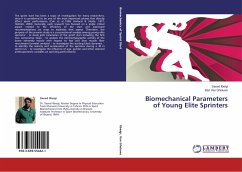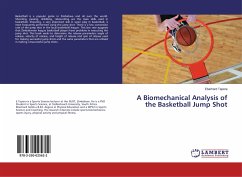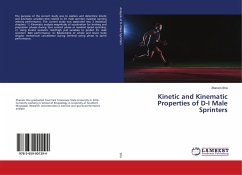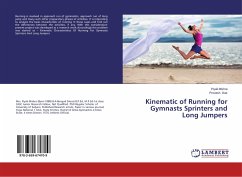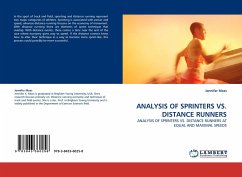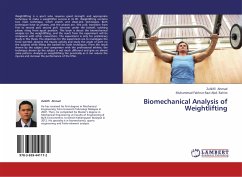The sprint start has been a topic of investigation for many researchers, since it is considered to be one of the most important phases that directly affect sprint performance (Coh et al.,1998; Harland & Steele, 1977; Helmick, 2003). Generally, each research has focused on a single critical aspect related to the efficiency of the start and expressed recommendations on ways to maximize that aspect. Therefore, the purpose of the present study is a cross-sectional analysis among young elite sprinters: - to study joint kinematics of the sprint start including the first two consecutive steps. - to analyze the electromyographic activity of the lower extremity muscle with respect to fast and slow muscle fiber recruitment (wavelet analysis). - to investigate the starting block dynamics. - to identify the velocity and acceleration of the sprinters during a 30 m sprint run. - to investigate the influence of age, gender and other selected anthropometric variables on sprinting performance.
